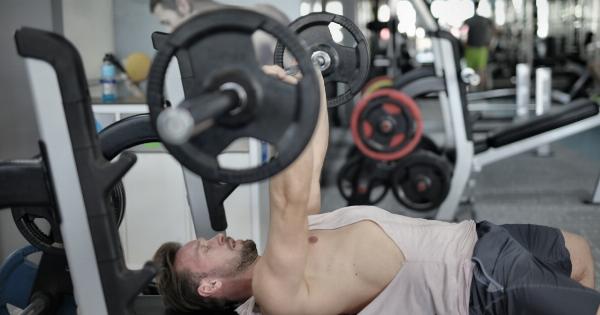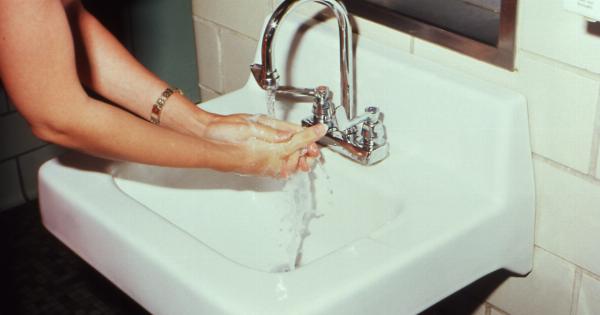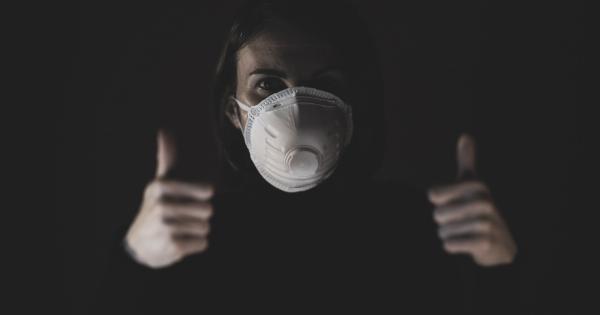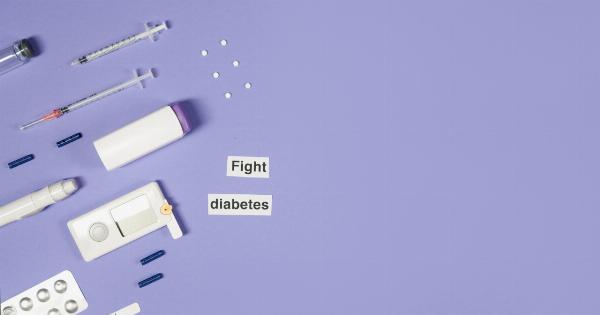Water is an essential element for life, but it can also be a silent killer. While it is necessary for our survival, the presence of water in certain situations can lead to devastating consequences.
From natural disasters to everyday scenarios, water can cause significant harm without warning. In this article, we will explore the different ways in which water can become a silent killer and the precautionary measures that can be taken to prevent such tragedies.
1. Drowning
Drowning is a major concern when it comes to water-related fatalities. Every year, thousands of people lose their lives to drowning, making it one of the leading causes of unintentional deaths worldwide.
Whether it’s in swimming pools, oceans, or bathtubs, the risk of drowning is always present when water is involved. It is crucial to educate ourselves and others about water safety, understand the dangers associated with water activities, and learn basic lifesaving techniques such as CPR.
2. Floods
Floods are among the most devastating natural disasters that can occur. When heavy rainfall exceeds the capacity of drainage systems or bodies of water overflow, it can result in flash floods or prolonged flooding.
These events can lead to the destruction of infrastructure, displacement of communities, and even loss of life. It is important to stay informed about weather conditions and evacuation procedures in flood-prone areas. Additionally, appropriate urban planning and the construction of flood-resistant structures can help mitigate the impact of floods.
3. Tsunamis
Tsunamis, often triggered by underwater earthquakes or volcanic eruptions, are massive ocean waves that can cause catastrophic damage when they reach coastal areas.
The sheer force and speed of a tsunami can easily engulf entire communities, demolishing buildings and infrastructure in their path. Early warning systems, efficient evacuation plans, and public awareness campaigns can assist in reducing the number of casualties caused by tsunamis.
4. Water Contamination
Water contamination can occur due to various factors, including industrial pollution, improper disposal of waste, or even natural sources such as groundwater contamination.
Consuming contaminated water can lead to severe illnesses, including gastrointestinal infections, hepatitis, and cholera. It is crucial to have proper water treatment facilities in place and to educate individuals on the importance of clean water sources. Regular testing and monitoring of water quality are essential to ensure the safety of communities.
5. Boating Accidents
Boating accidents can be a threat to both experienced and novice water enthusiasts. A combination of factors such as speeding, intoxication, and lack of safety equipment can contribute to accidents on the water.
Collisions, capsizing, and falling overboard are potential risks that can lead to injuries or fatal outcomes. Following boating regulations, wearing life jackets, and practicing responsible boating behavior are crucial to minimizing such incidents.
6. Ice-related Incidents
In cold climates, bodies of water freeze during winter, leading to a range of recreational activities like ice skating, ice fishing, and ice hockey. However, it is important to exercise caution when engaging in these activities.
Thin ice can crack under pressure, trapping individuals underneath. Ice-related incidents are particularly dangerous, as rescue operations can be challenging. Understanding ice safety guidelines and diligently following them can prevent tragic accidents from occurring.
7. Waterborne Diseases
Waterborne diseases are illnesses caused by the consumption of or contact with water contaminated by various pathogens.
Conditions such as Legionnaire’s disease, leptospirosis, and dysentery are examples of waterborne diseases that can have severe consequences on human health. Proper sanitation practices, improved sewage systems, and access to safe drinking water are essential for preventing the spread of waterborne diseases.
8. Basement Flooding
Basement flooding is a common issue faced by homeowners, particularly in areas prone to heavy rain or with high water tables.
Excessive rainfall or poor drainage systems can result in water seeping into basements, causing damage to property and posing health risks. Regular maintenance of drainage systems, installation of sump pumps, and waterproofing measures can help minimize the risk of basement flooding.
9. Electrolyte Imbalance
While staying hydrated is essential, overhydration or excessive consumption of water can lead to a condition called hyponatremia, which is an electrolyte imbalance.
This occurs when the body’s sodium levels become diluted due to an excess of water. Severe cases of hyponatremia can lead to swelling of the brain, seizures, and even coma. It is important to maintain a balance and not overhydrate, especially during intense physical activities.
10. Accidental Falls
Slip and fall accidents can occur anywhere water is present, whether it’s a wet bathroom floor, a slippery sidewalk, or a poolside deck. These accidents can cause severe injuries, including fractures, sprains, and head trauma.
Implementing safety measures such as using non-slip mats, placing warning signs in hazardous areas, and maintaining proper lighting can help reduce the occurrence of accidental falls.
Conclusion
While water is vital for life, it can also be a silent killer with devastating consequences. From drowning to water contamination and natural disasters like floods and tsunamis, being aware of the potential dangers associated with water is crucial.
Taking preventive measures, practicing water safety, and promoting public awareness are essential in mitigating the risks posed by water-related incidents. By respecting the power of water and understanding its potential dangers, we can protect ourselves and our communities from this silent killer.






























